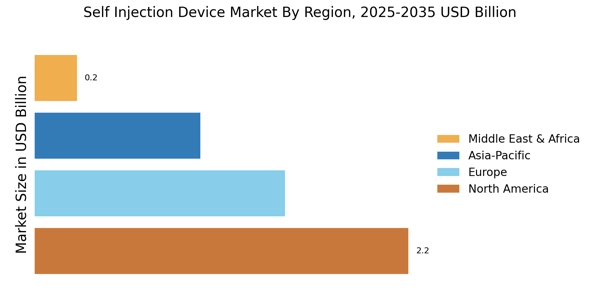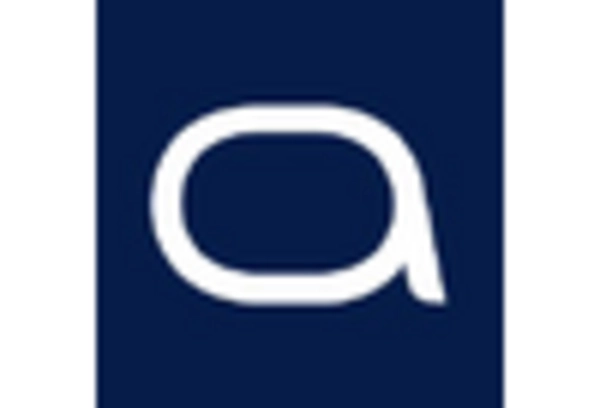The Global Self Injection Device Market is witnessing significant advancements as innovations and technological enhancements are changing the landscape of healthcare delivery. This market encompasses devices that allow patients to self-administer drugs, catering to the increasing preference for home healthcare solutions.
With rising incidences of chronic diseases, along with the growing acceptance of self-administration of medications, firms within this market are facing intense competition. Companies are engaging in various strategies including research and development, collaborations, and mergers to enhance their product offerings and expand their market reach.
Additionally, the regulatory landscape plays a crucial role in shaping market dynamics, compelling companies to adhere to safety and efficacy standards, which influences their competitive positioning.
Novo Nordisk holds a strong position in the Global Self Injection Device Market, primarily known for its innovative diabetes care products and devices. The company boasts a robust product portfolio that includes prefilled pens, insulin delivery devices, and other self-administration solutions, enabling patients to manage their conditions effectively.
Novo Nordisk leverages its extensive experience and expertise in the diabetes market, providing devices that are easy to use and ergonomically designed, which adds to patient adherence and compliance. The company's commitment to continuous research and development further strengthens its competitive edge as it focuses on enhancing device functionality and user experience.
Moreover, Novo Nordisk has established a solid global presence, marketing its products in over 170 countries, which significantly enhances its reach and market share, allowing it to maintain a prominent position in the industry.
Amgen is also a key player in the Global Self Injection Device Market, known for its pioneering therapeutics in various fields, including oncology and inflammation. It has made significant investments in the development of self-injection devices that cater to patient needs, emphasizing ease of use and safety.
Amgen's self-injection devices are designed to provide patients with a sense of autonomy in managing their treatment regimens, thereby improving patient outcomes. The company has developed a range of innovative delivery systems that accommodate complex biological therapies, reflecting its expertise in biotechnology.
Amgen's focus on patient-centric solutions is supported by a solid foundation in research and strong collaborations within the healthcare ecosystem, positioning it favorably in this competitive market landscape.
By addressing the evolving needs of patients and healthcare providers, Amgen aims to enhance accessibility to self-injection therapies, reinforcing its presence in the Global Self Injection Device Market.


















Leave a Comment